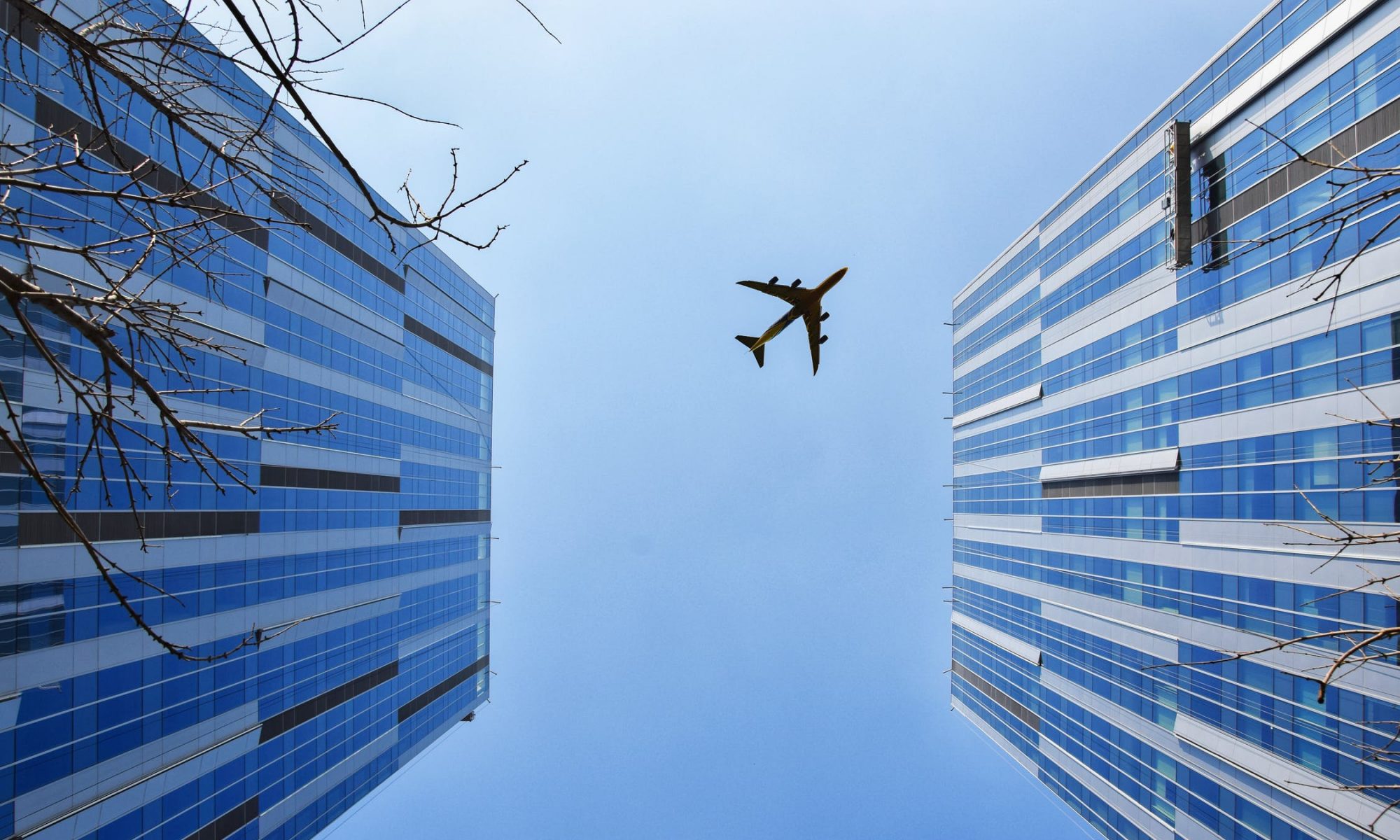The news released by Khazanah Nasional Berhad on its 46-pages comprehensive turn around plan – Rebuilding A National Icon, The MAS Recovery Plan, is nothing new to those who are already well acquainted with the airline industry in this region. Most of the initiatives presented in the publication have been thought of and deliberated over time, however, it is only now that these bold steps are being pushed on after the unprecedented series of unfortunate events that have been suffered by the airline in 2014.
The most talked about initiative is always about the people. The plan suggests that MAS needs to cut about 6,000 jobs from its current strength of close to 20,000 employees. However, realistically, this job cut will only give a positive impact by only about 25% or even less to its turnaround plans.
There are many other key areas that MAS and Khazanah need to give its fullest attention to that will give a higher and more meaningful and positive impact. Nevertheless, from the productivity point of view, the job cut is a necessary action as currently MAS employee productivity level is amongst the lowest in this region as compared to other airlines.
The 12-key plans prepared by Khazanah are categorized into four categories as follows:
- Governance and financial framework
- Operating business model
- Leadership and human capital
- Regulatory and enabling environment
The key challenges will be on fixing the operating costs and managing talents. These two tasks will be heavily dependent on the will power and the extra drive that the new leadership will have to put into place to carry out the plan successfully.
What’s missing is that nowhere in the plan Khazanah mentioned about what it can do quickly to leverage and aggressively increase the auxiliary revenues from its Maintenance & Engineering facility, which now already has a steady input of revenue from 3rd party aircraft. MAS also has other divisions such as its Training Facility and Ground Handling Services that has very high potential to be turned into revenue generation entities. While most of the turnaround plans are targeted to fixing the core airline operations, greater attention also need to be in place for the auxiliary revenue generations.

